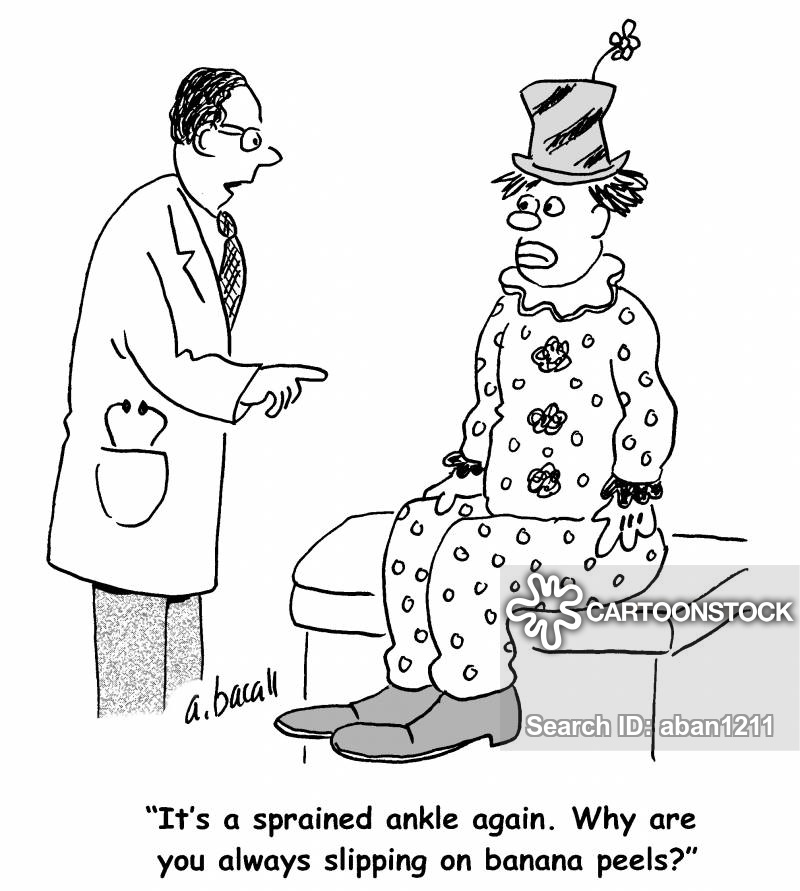Ankle Rehab: Sprains, Breaks, Calf Tightness, Mobility

While sprains are the most common ankle injury, tendon injury, muscle strains, joint dislocations, and fractures are frequent as well, especially in sport. There are 3 main goals that need to be effectively addressed when coming back from an ankle injury with rehab:
1️⃣ TISSUE HEALING
Depending on the type and severity of the injury, a period of time may be needed before any treatment can be applied other than anti-inflammatory and immobilisation measures, while you wait for the bone, tendon, or ligament to heal enough to tolerate further care. Most the time healing is aided by mobility when the tissues are intact enough. Gentle movement, stretching, mobilisation therapy, and even adjustments can help this healing process.
2️⃣ STRENGTHENING
Rebuilding the muscle strength and coordination that is lost after injury will start getting the ankle conditioned to return to demanding activities. This can usually be started during the tissue healing phase, but care must be taken not to re-aggravate the injury.
3️⃣ PROPRIOCEPTION
This is your brain’s awareness of what position your ankle is in at all times, and is essential to balance and quick coordinated responses. This feedback from your ankle comes from nerves in your ligaments and muscles and is often damaged and faulty after injury. Balance and stability exercises recalibrate this feedback and fine-tune your brain’s sensitivity to change and quickens it’s responses, increasing performance and greatly reducing risk of re-injury. Damage to these receptors that is the main reason you see people start having recurring ankle sprains after an initial trauma.
This ankle rehab for sprains, breaks, dislocations, and more, aim to address the mobility, strength, and proprioceptive goals of recovery. Keep in mind, any of these balance exercises can be made more difficult by CLOSING YOUR EYES. Even if you don’t have an injury, try standing on one leg with your eyes closed. If you don’t last at least 10 seconds comfortably, you’re arguably at higher risk of falls and accidents, and some of these will likely make a good preventative measure. I do them most days while brushing my teeth!
Spending time barefoot and in minimal footwear is a great way to ramp up not only your natural foot strength and mobility, but also to fine tune the sensory feedback from your feet that feeds your brain information about your balance and relationship with the ground.
WHAT ABOUT YOUR HEALTHY CALF FLEXIBILITY AND ANKLE MOBILITY?
General calf tightness and ankle stiffness is a common problem outside of injury cases anyway. It can become painful during stressful activities, but can also greatly impact your ability to perform motions like squatting. These techniques fit amazingly into any prehab or warmup routine for lower limb activity to prime the ankles and calves and get them ready to lengthen and take load.

